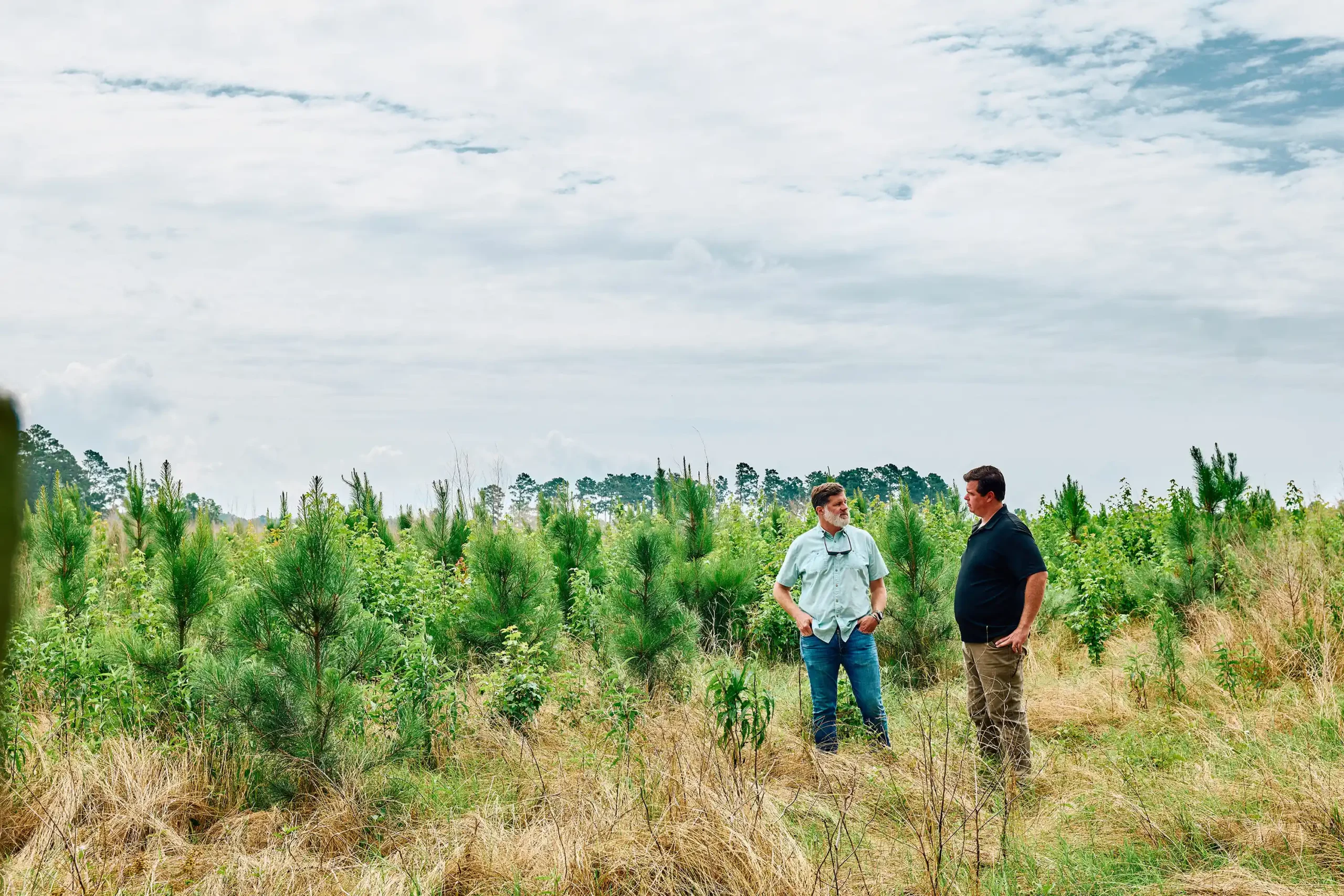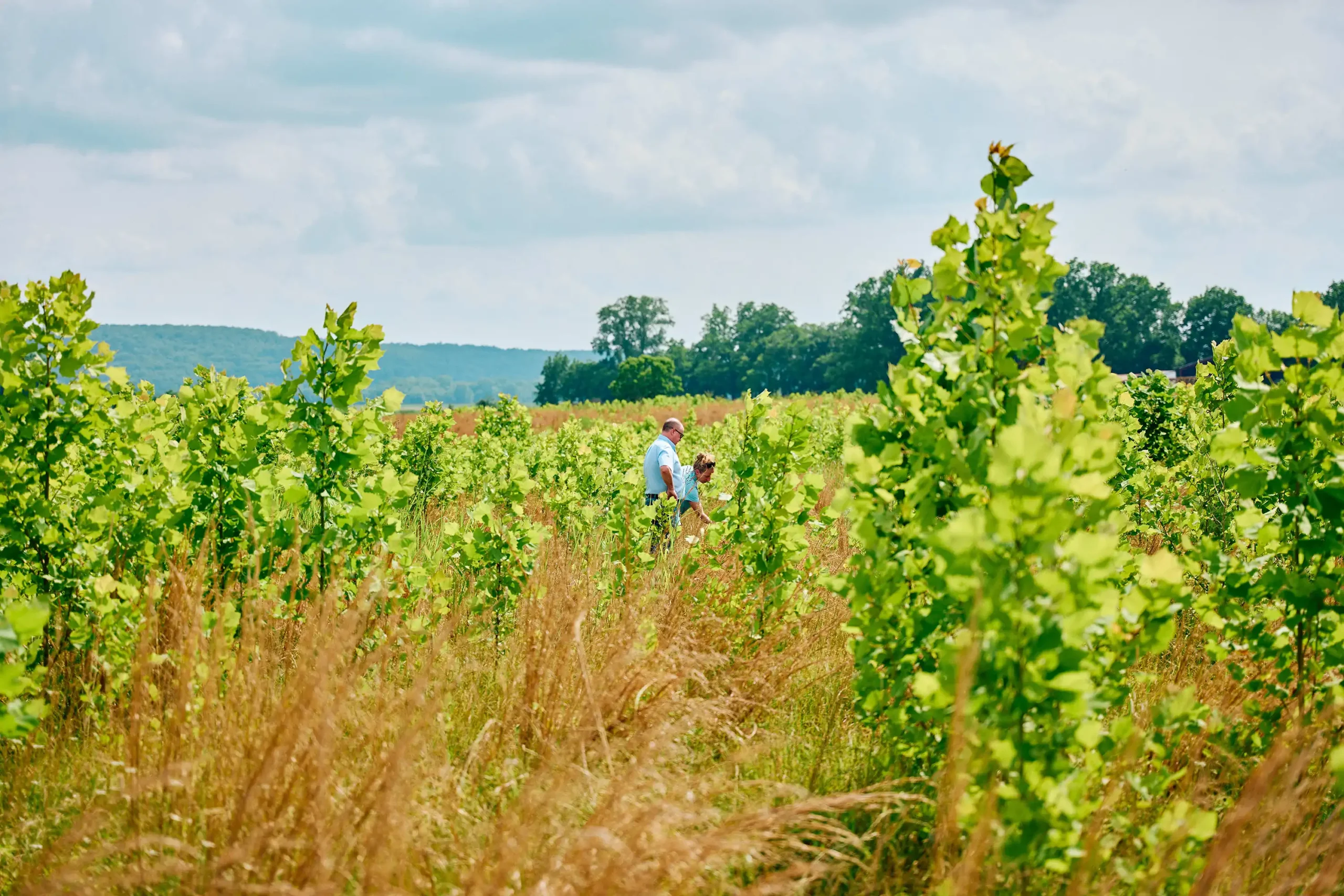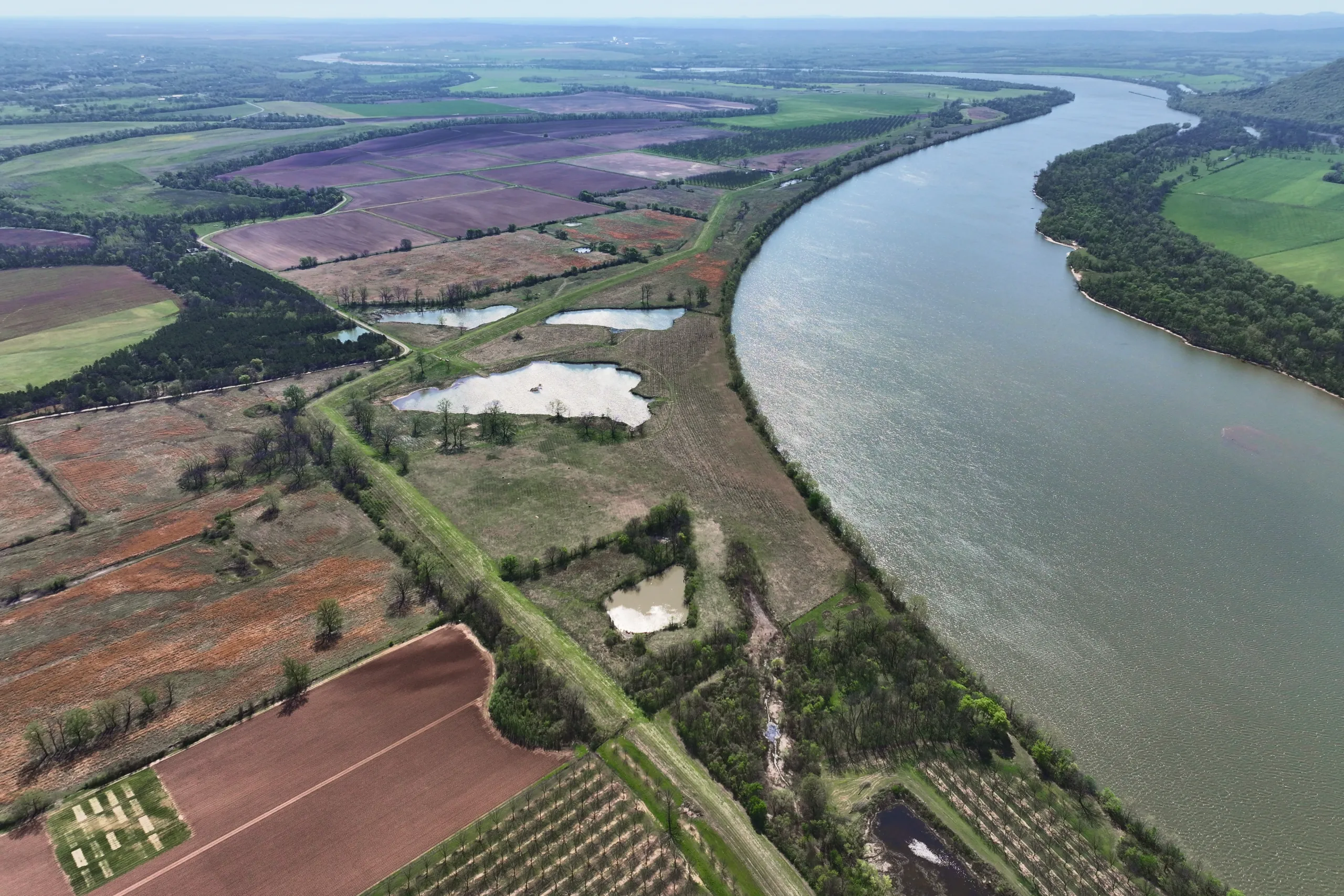Afforestation
Over 30,000 acres restored to native U.S. forests


Building New Forests
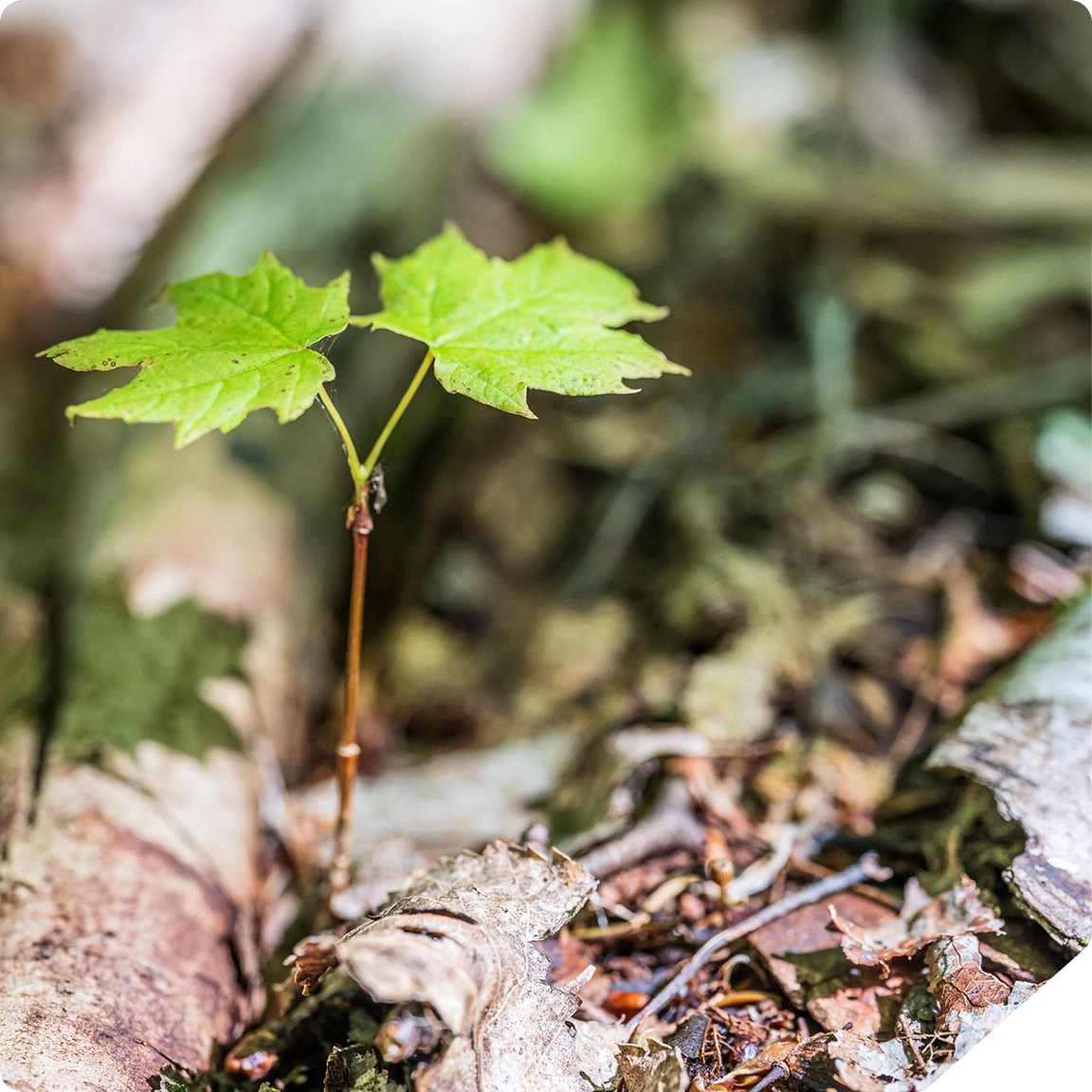
Our full-service afforestation solution
We work with local foresters, landowners, nurseries, and specialists to plant a biodiverse array of hardwood and pine seedlings, optimized for each region’s soil, drainage, native species, and community land use.
- We plant the right trees in the right places, maximizing survival and biodiversity.
- We monitor the trees continuously throughout the project’s lifetime. Credit issuance begins at year 5 to ensure real results.
- Our patented MRV technology allows us to identify and screen properties with best characteristics for success.
- Each measurement is verified by the Gold Standard® criteria.
- We’re committed to long-term durability, relying on best practices in forest management to mitigate potential risks from fire, disease, and other issues.
How it Works
Land screening and carbon analysis
Land acquisition
Engage with local stakeholders
Prep site and plant seedlings
Register carbon project
Validate, verify and issue carbon removal credits
Key Project Pillars
We work with local experts to plant native species and develop biodiverse ecosystems, restoring marginal agricultural lands to their natural state. Our projects are truly additional, with rigorous criteria including the land having not been forested for over 10 years.
Our forestlands are independently verified by Gold Standard®, the premier verification program in the global voluntary carbon market, and Forest Stewardship Council (FSC), a non-profit certification ensuring forestland management is the highest quality and promotes environmentally sound practices.
Forests are permanent. We stand behind the durability of our carbon capture in ownership of the land, risk mitigation, and restoration of biodiverse forests.
Our afforestation projects provide benefits beyond carbon capture by bringing improvements to the native wildlife, air and water quality, expanded land use, and ongoing community engagement and support.
We support 8 of the UN SDGs, and have FSC Biodiversity Verified Impact certification.
Land Parcels
View allOur patented land screening tool identifies the most desirable land parcels, considering the soil type, rainfall, native tree species, and other conditions to optimize carbon yield and biodiversity. This analysis serves as a template for our foresters to design our planting program.
Independent Certifications
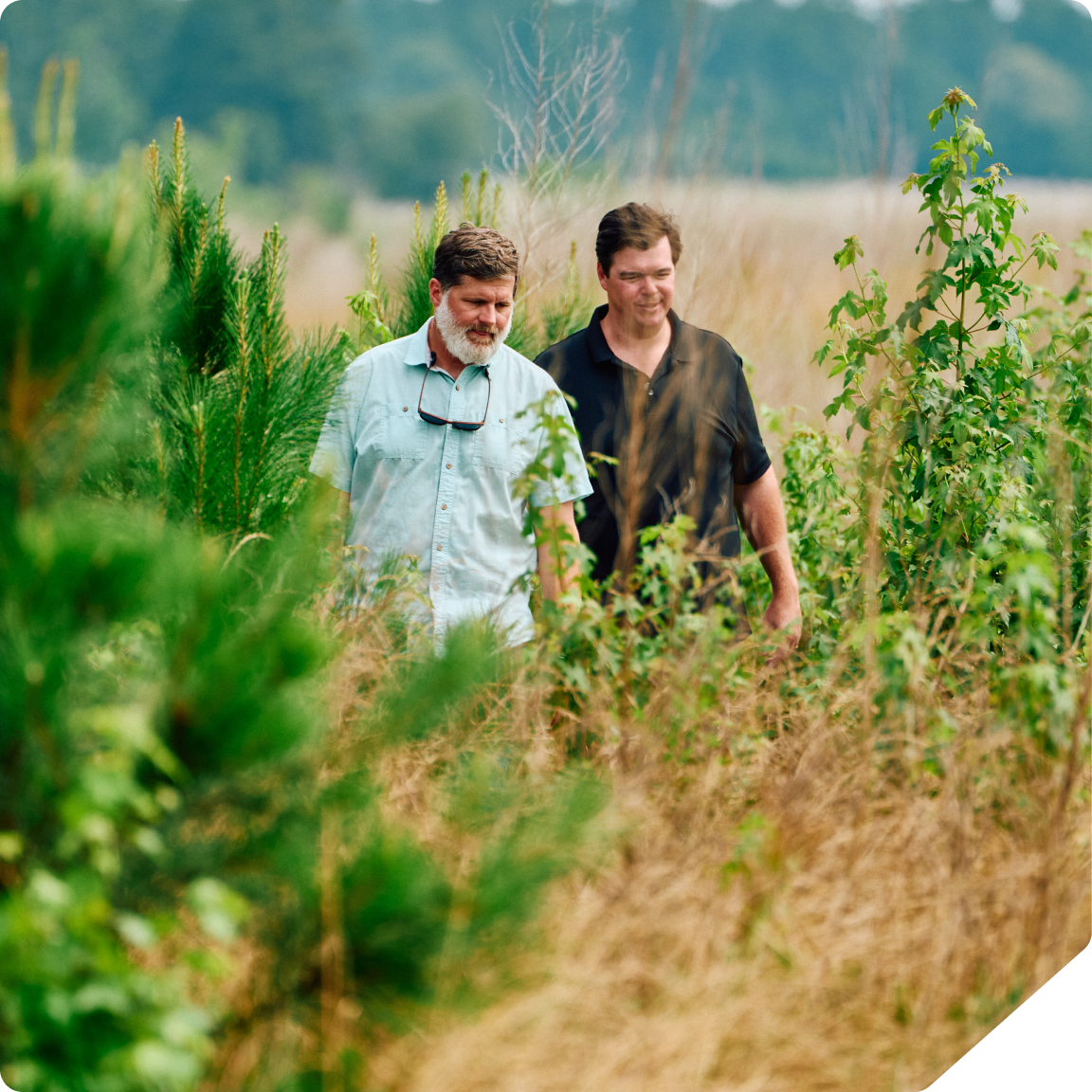

Chestnut Carbon is the first U.S.-based project verified through the FSC® Verified Impact program for Biodiversity Conservation — Restoration of Natural Forest Cover. This verification certifies the quantifiable positive impacts on biodiversity conservation of our forest management practices and that our projects restore native forest ecosystems, promote high biodiversity, and create habitats for local species.

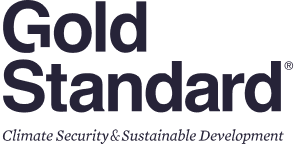
Chestnut chose to partner with the Gold Standard® to ensure the most rigorous and comprehensive verification program available today for our afforestation crediting process.
Gold Standard focuses only on mechanisms that can deliver a high level of environmental integrity, including the ability to control leakage and mitigating risks for credit overestimations due to baseline uncertainty.
Frequently asked questions
View All FAQsProject activities are designed to help control fire, pests, and invasive species through sustainable plantation design, quality growing stock, and matching tree species to soil conditions. Each project establishes an advisory committee to inform planting decisions and encourage ecological resilience. We reduce risk through a widely dispersed land portfolio—owning over 70 afforestation parcels across the Southeast. This geographic diversity, combined with careful site selection away from high-risk areas (e.g., coastlines, drought zones, hurricane paths), helps mitigate threats from pests, pathogens, and natural disturbances.
We create meaningful employment opportunities by hiring local contractors, foresters, and community members for planting, monitoring, and land management activities. Our projects generate revenue for local nurseries, equipment suppliers, and service providers, creating economic multiplier effects throughout rural economies.
Public education activities include workshops, public partnerships, and signage related to community experiences and education in forest establishment and management. We have provided education and fellowships to regional students, and have a strong commitment to support local communities through sponsoring and participating in public education events.
Chestnut enacts restrictive easements on the land, prohibiting illegal uses and protecting water quality. All project lands are certified to the Forest Stewardship Council® (FSC-C180518) to ensure adherence to high environmetal standards and protection.
Contribute Project Feedback

Contribute to the project as a key stakeholder
We seek stakeholder input in project design and other areas, and offer several ways to get involved.



